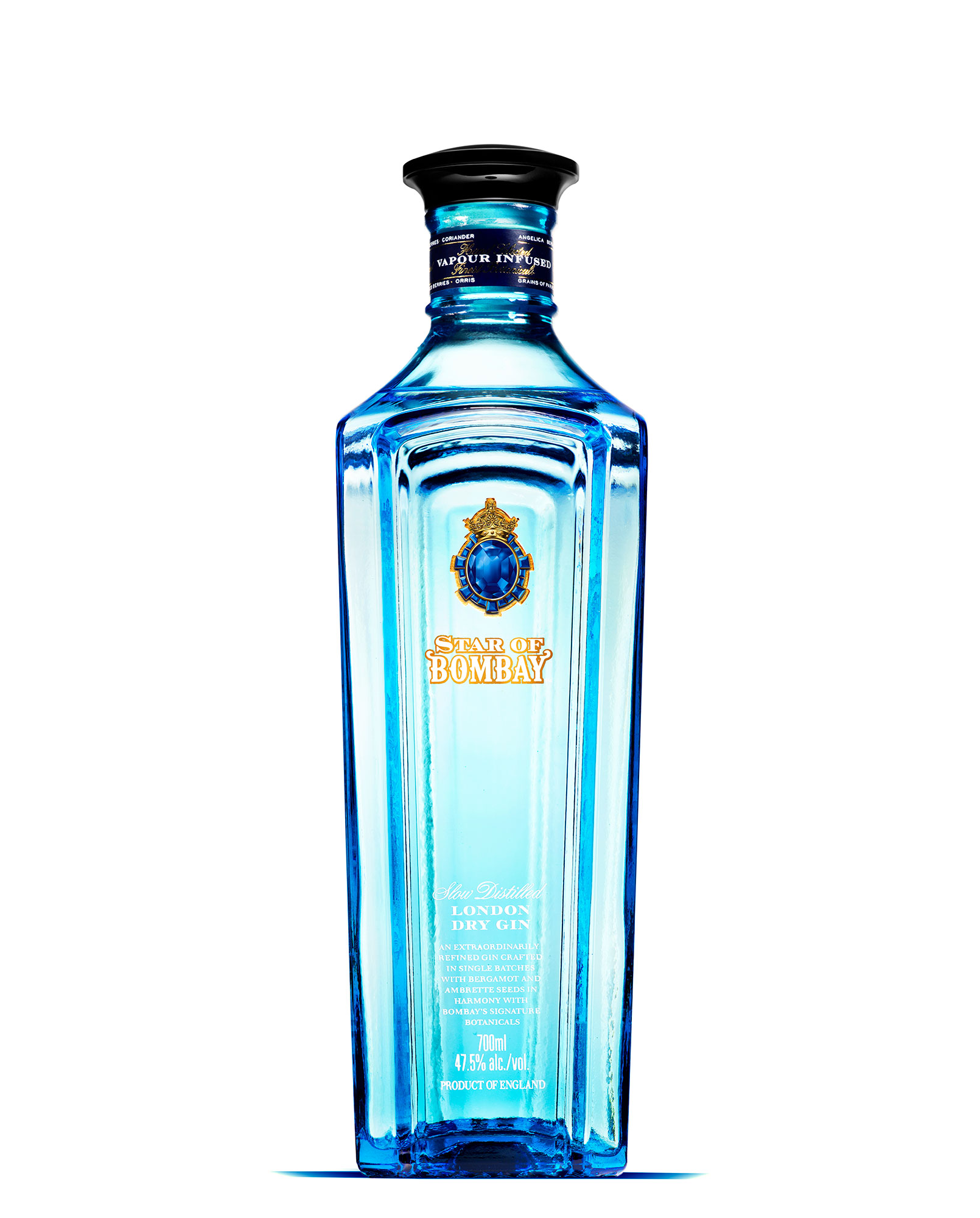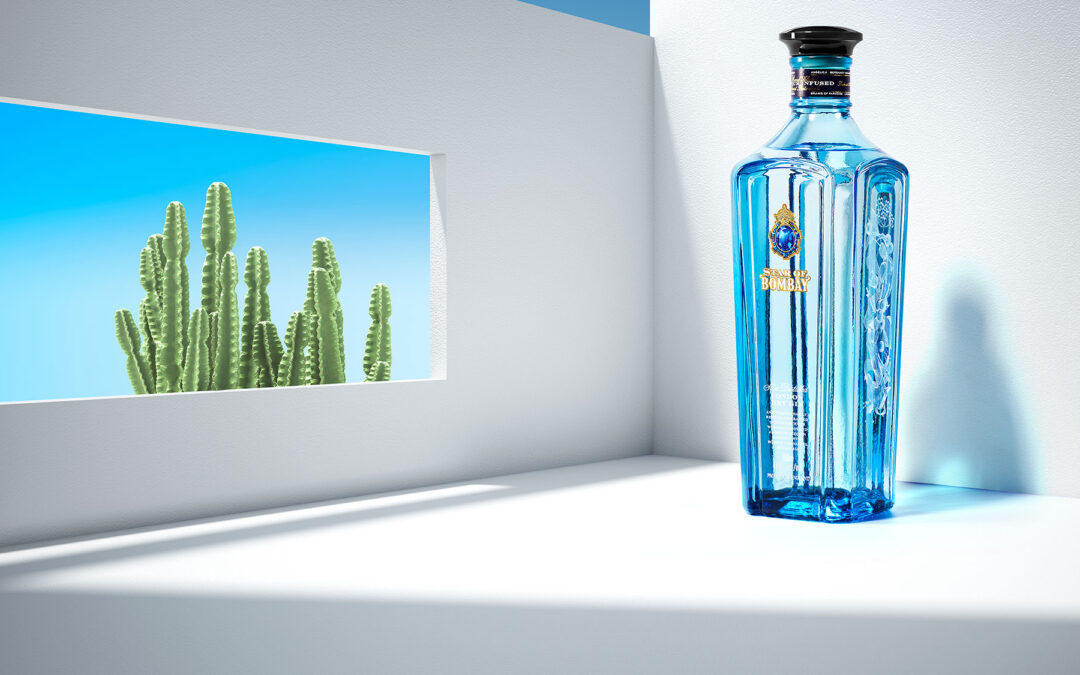
La Stella di Bombay è uno zaffiro con taglio a cabochon da 182 carati (36,4-g). Secondo il Southern Jewelry News, “Lo zaffiro Star of Bombay appartiene al corindone delle specie minerali: il corindone puro è incolore, ma tracce di elementi di transizione come il vanadio o il cromo si traducono in diversi colori nel cristallo. Il colore è causato dalla presenza di titanio e ferro che danno la tinta blu, e il vanadio che contribuisce al colore viola
La gemma è stata acquistata per la prima volta da Trabert & Hoeffer Inc. di Park Avenue a New York ed è stata incastonata in un anello di platino. Si ritiene che l’anello sia stato acquistato da Douglas Fairbanks, una famosa star del cinema muto e che avrebbe donato l’anello a Mary Pickford. Una pubblicità del 1935 per la Stella aveva elencato di 60 carati, non includeva informazioni sulle sue origini e lo descriveva come “Unico al mondo”.
Nel 1979, Mary Pickford morì e lasciò in eredità la Stella al Museo Smithsonian. Edward Stotsenberg della Mary Pickford Foundation chiamò lo Smithsonian e mandò un rappresentante ad esaminare la pietra. Secondo Stotsenberg, il rappresentante ha affermato che la stella di Bombay era molto più luminosa di tutte le altre pietre. La gemma è attualmente esposta nel Museo Nazionale di Storia Naturale dello Smithsonian, nella Janet Annenberg Hooker Hall.
Il Bombay Sapphire è un gin metodo London dry con un titolo alcolometrico di 40% vol. Il processo di produzione prevede una tripla distillazione tramite tre alambicchi in rame “Carter Head”: a differenza del metodo standard, che prevede l’infusione dei botanicals, gli alambicchi Carter Head hanno i botanicals posizionati sopra il serbatoio alcolico, in modo che i vapori passino attraverso gli ingredienti e ne catturino l’aroma. Per ridurre la gradazione alcolica il tutto viene allungato con acqua del lago Vyrnwy.
The Star of Bombay is a 182-carat (36.4-g) cabochon-cut sapphire. According to the Southern Jewelry News, “Star of Bombay sapphire belongs to the corundum of the mineral species: pure corundum is colorless, but traces of transitional elements such as vanadium or chromium result in different colors in the crystal. The color is caused by the color. presence of titanium and iron which give the blue tint, and vanadium which contributes to the purple color
The gem was first purchased by Trabert & Hoeffer Inc. of Park Avenue in New York and was set in a platinum ring. The ring is believed to have been bought by Douglas Fairbanks, a famous silent film star who allegedly donated the ring to Mary Pickford. A 1935 advertisement for the Star had listed 60 carats, did not include information on its origins and described it as “Unique in the world”.
In 1979, Mary Pickford died and bequeathed the Star to the Smithsonian Museum. Edward Stotsenberg of the Mary Pickford Foundation called the Smithsonian and sent a representative to examine the stone. According to Stotsenberg, the rep said the Bombay star was much brighter than all the other stones. The gem is currently on display in the Smithsonian’s National Museum of Natural History, in the Janet Annenberg Hooker Hall.
Bombay Sapphire is a London dry method gin with an alcoholic strength of 40% vol. The production process involves a triple distillation using three “Carter Head” copper stills: unlike the standard method, which involves the infusion of botanicals, the Carter Head stills have the botanicals positioned above the alcoholic tank, so that the vapors go through the ingredients and capture their aroma. To reduce the alcohol content, everything is stretched with water from Lake Vyrnwy.

